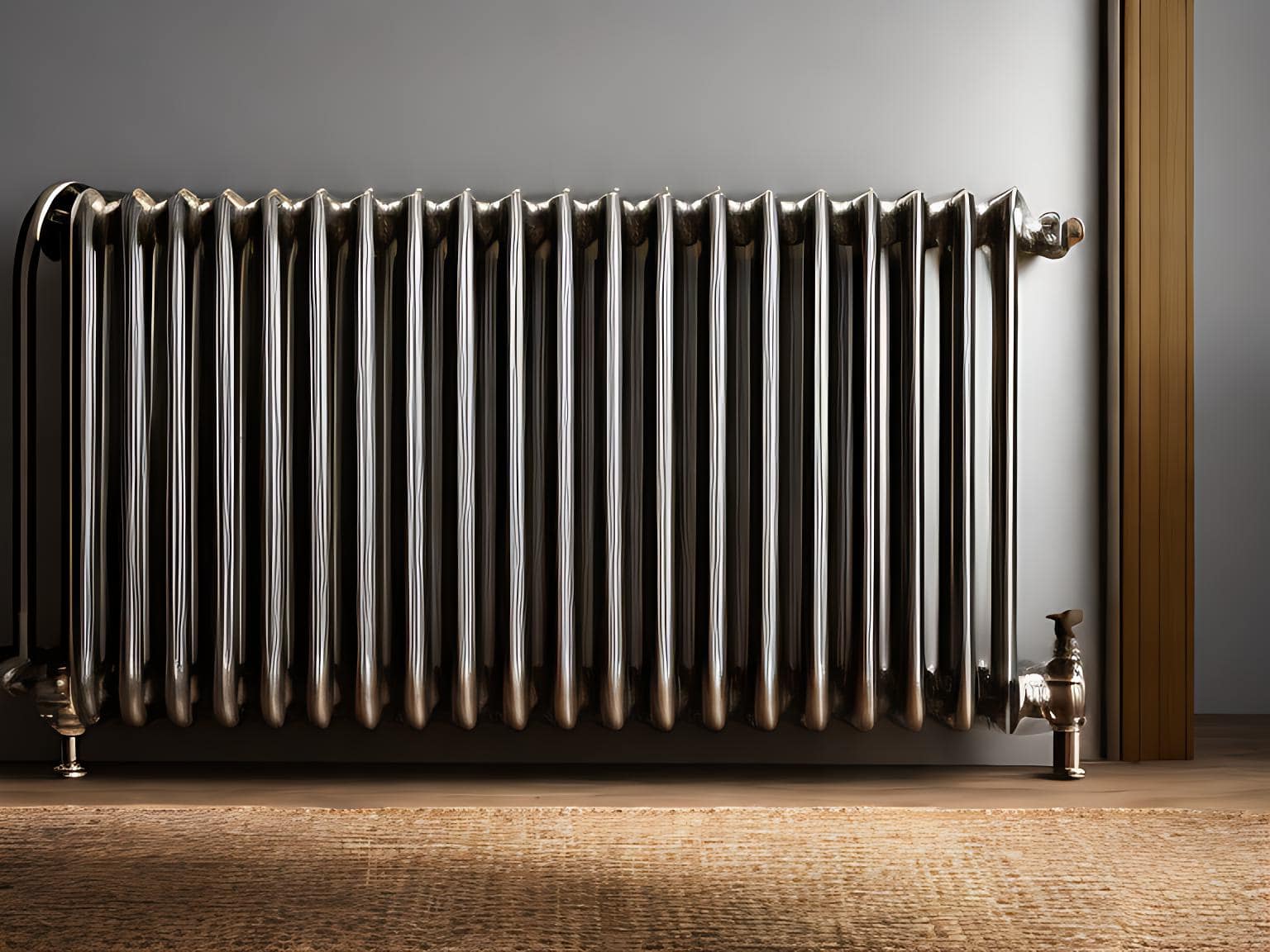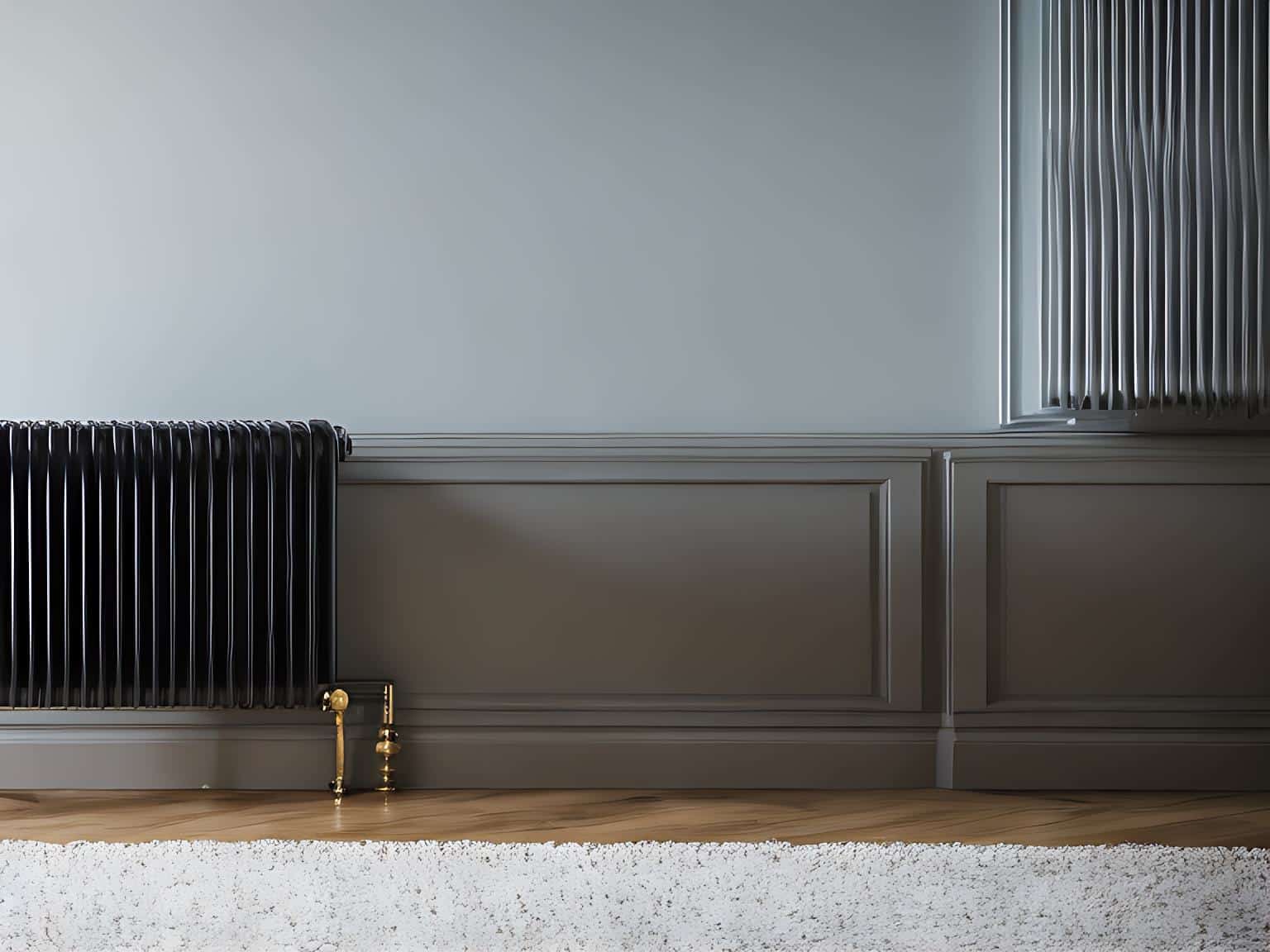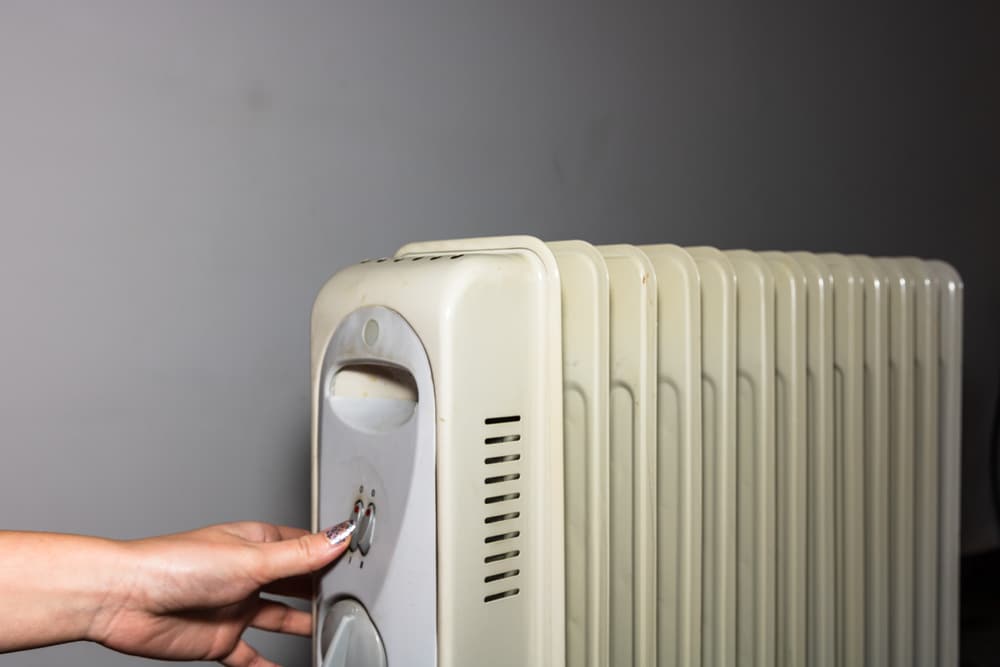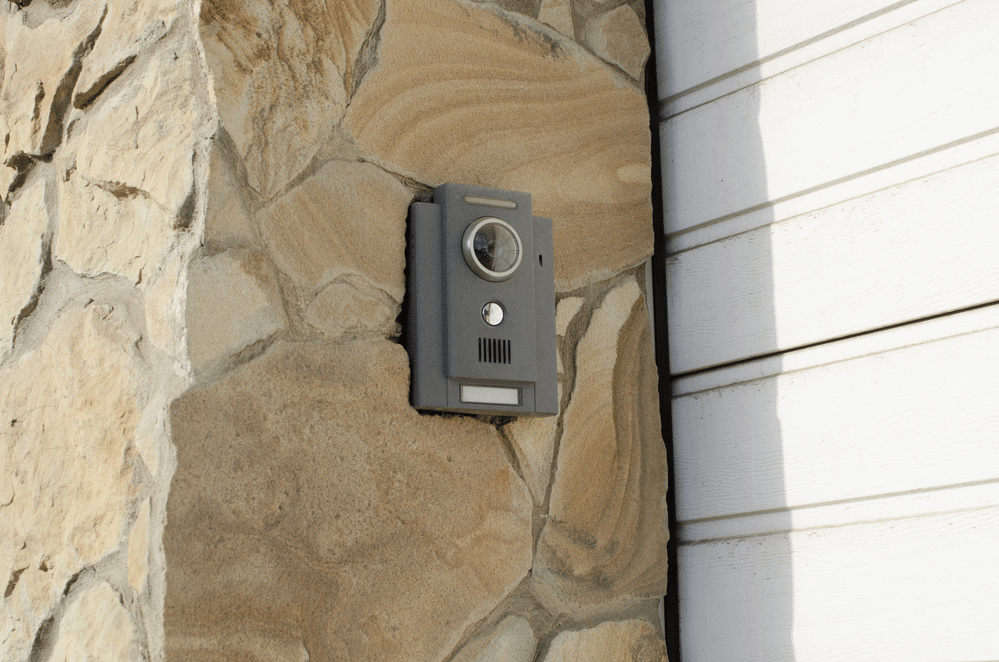Last Updated on
When it comes to home heating, the question of “how long can you leave an oil filled radiator on for” is one that needs to be addressed. After all, no one wants their energy bills or safety at risk due to poor decisions. To help answer this important query and ensure your house remains a safe haven from cold temperatures, we’ve put together a comprehensive guide covering everything from temperature control settings to timer functions – all so you know how long an oil filled radiator should be left on for. So let’s get started and discover the best way to use your radiators safely and efficiently without breaking the bank in the process.
Table of Contents:
- Safety First
- Temperature Control
- Timer Settings
- Energy Efficiency
- FAQs in Relation to How Long Can You Leave an Oil Filled Radiator on for
- Conclusion
Safety First
Oil filled radiators are a popular choice for many households due to their efficiency and affordability. However, if not used correctly they can pose a serious risk of fire or electric shock.
It is important to read all instructions carefully before using an oil filled radiator and never leave it unattended while in use. Make sure that the heater is placed on a flat surface away from any flammable materials such as curtains or furniture and keep children away from the unit at all times when in use. It is also important to ensure that the cord is kept out of reach so that it cannot be pulled by children or pets which could cause damage to both them and your property.
Always check for signs of wear and tear on cords, plugs, switches etc., as these can present potential hazards if left unchecked. If you notice any fraying wires replace them immediately with ones suitable for your particular model of heater – this will help prevent electrical shocks from occurring when touching metal parts such as handles or frames during operation. Additionally, make sure that you do not overload circuits by plugging too many appliances into one socket. This could lead to overheating which may result in fires starting inside walls where they are difficult to detect until it’s too late.
When it comes to oil filled radiators, safety should always be your number one priority. The next step is to understand how to use the radiator’s temperature settings correctly.
Temperature Control
Temperature control is a key factor in keeping your home comfortable. An oil filled radiator is an efficient way to heat your room, as it uses less energy than other heating systems and can be adjusted to the desired temperature.

To adjust the temperature settings on an oil filled radiator, first check that the thermostat knob is set to ‘manual’ mode. This will allow you to manually adjust the temperature of the radiator. To increase or decrease the temperature, simply turn the thermostat knob clockwise or anti-clockwise respectively, until you reach your desired setting.
It’s important not to overheat a room as this can cause discomfort and make it difficult for people with respiratory conditions such as asthma or allergies. The ideal indoor temperature should be between 18°C and 21°C (64°F – 70°F). If you find that your room is too hot or cold, then adjusting your oil filled radiator may help achieve a more comfortable environment for everyone in your home.
If you have multiple radiators in one room, they should all be set at roughly equal temperatures so that there are no sudden changes when moving from one area of the house to another. It is also recommended that each individual heater has its own timer setting so that it can switch off automatically when not needed; this helps save energy costs while still providing adequate warmth throughout winter months.
Temperature control is an important feature to consider when choosing an oil filled radiator, as it allows you to adjust the temperature of your home environment for maximum comfort. Now let’s look at how you can set a timer on your oil filled radiator for convenience and safety.
Timer Settings
Using a timer setting on an oil filled radiator can be extremely beneficial. Not only does it allow you to control the temperature of your home, but it also helps save energy and money in the long run. Setting up a timer is relatively simple and can be done in just a few steps.
First, make sure that your oil filled radiator is turned off before beginning setup. Next, locate the timer switch on the side or back of your radiator and set it to “on” mode. Then adjust the time settings according to when you want your heater to turn on or off each day – for example, if you want it to come on at 7am and go off at 11pm every day, then simply set those times accordingly. Finally, press “start” once all settings have been adjusted correctly and enjoy having full control over when your heater turns itself on or off.
It’s important to note that some models may require additional steps such as programming specific days of the week for heating cycles – so always refer to manufacturer instructions before attempting any adjustments yourself. Additionally, consider investing in a programmable thermostat which allows even more precise temperature control throughout different parts of the day – ideal for saving energy while still keeping comfortable during colder months.
By setting a timer, you can ensure that your oil filled radiator is not running for longer than necessary, thus helping to reduce energy consumption and save money. Now let’s take a look at how to maximise the efficiency of your oil filled radiator.
Energy Efficiency
Energy efficiency is an important part of keeping your home comfortable and reducing energy costs. One way to do this is by making sure that your oil filled radiator runs efficiently. Here are some tips for ensuring that it does:
1. Clean the Filter Regularly – A dirty filter can reduce the efficiency of your radiator, so make sure you clean it regularly. You should check the filter every few weeks and replace it if necessary.
2. Use Low-Temperature Settings – Setting your thermostat to a lower temperature will help conserve energy and save money on heating bills. Try setting the temperature at around 18°C (64°F) when you’re not using the room, or turn off the radiator altogether if possible.
3. Check for Leaks – If there are any leaks in your radiator, they need to be fixed as soon as possible in order to maintain its efficiency levels. Look out for signs such as wet patches on walls or floors near where the radiator is located, or listen out for hissing noises coming from inside it when it’s turned on.

Ensure that all windows and doors are properly sealed with weatherstripping or caulk to prevent warm air from escaping through gaps during the winter months. Additionally, consider adding insulation to exterior walls and attics if necessary – this will help retain heat within the home instead of allowing it to escape outside, which can lead to a significant reduction in energy consumption over time.
Investing in quality radiators with good thermal insulation properties will ensure maximum efficiency throughout their lifetime; look out for models made from materials like aluminium which provide better heat retention than plastic ones. Quality radiators can help retain heat within the home instead of allowing it to escape outside, resulting in a significant reduction in energy consumption over time. Additionally, make sure that all windows and doors are properly sealed with weatherstripping or caulk to prevent warm air from escaping through gaps during the winter months.
FAQs in Relation to How Long Can You Leave an Oil Filled Radiator on for
Can you leave an oil-filled radiator on all the time?
It is generally not recommended to leave an oil-filled radiator on all the time. While these radiators are designed to be left running for long periods of time, it can be dangerous if they are not monitored regularly and correctly maintained. If you do choose to keep your oil-filled radiator on all the time, make sure that you check the safety features regularly and ensure that there is no risk of fire or other damage. Additionally, it’s important to remember that leaving a heater on all day can significantly increase your energy bills.
Do oil-filled radiators turn themselves off?
Yes, oil-filled radiators are designed to turn themselves off when the desired temperature is reached. This is done by a thermostat located on the radiator that senses the room’s temperature and turns off the heating element when it reaches a certain level. Oil-filled radiators also have an adjustable timer so you can set them to turn off after a certain amount of time has passed. This makes them an energy-efficient option for keeping your home warm during cold winter months.
Conclusion
In conclusion, when it comes to leaving an oil filled radiator on for long periods of time, safety should always be your first priority. Make sure you are aware of the temperature settings and adjust them accordingly. Utilising a timer can help you save energy while still providing enough warmth in your home. With these tips in mind, you can confidently answer the question “how long can you leave an oil filled radiator on for?” with peace of mind that your home is safe and warm.
Paul is the type of person who never met a problem he couldn’t fix. He can always be found tinkering with something in his house, even if it isn’t broken! His tips and tricks are often shared on our site. He’s the one you call when something breaks because he has been known to improvise fixes for everything from leaky faucets to malfunctioning dryers.



